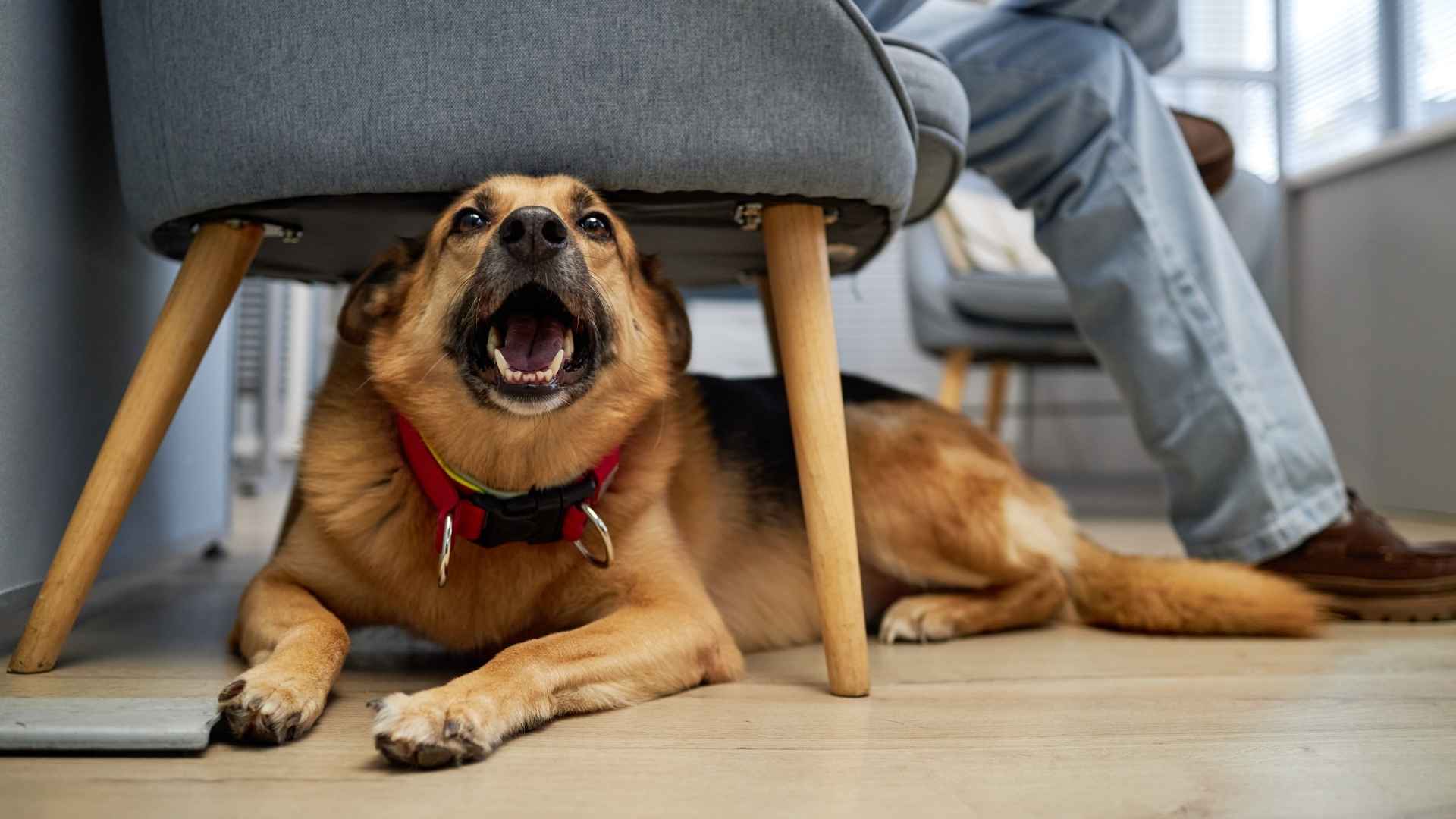Ever tiptoed past your dog only to have them jump like you set off fireworks? You’re not alone. While many dogs are curious and confident, some breeds are naturally more sensitive to their surroundings. Sudden movements, loud noises, or unexpected guests can cause these easily startled pups to react with barks, tremors, or a quick retreat under the nearest table. Surprisingly, this heightened sensitivity isn’t always a flaw; it’s often tied to intelligence, strong bonds with their humans, or a deeply ingrained protective instinct.
Understanding which breeds are more prone to startle responses can make a huge difference in training and daily care. From shy rescues to naturally cautious companions, these dogs often thrive with consistency, reassurance, and a calm environment.
In this article, we’ll uncover which breeds tend to be more reactive and how to support their sensitive nature with understanding and care.
Easily Startled Dog Breeds
1. Great Dane
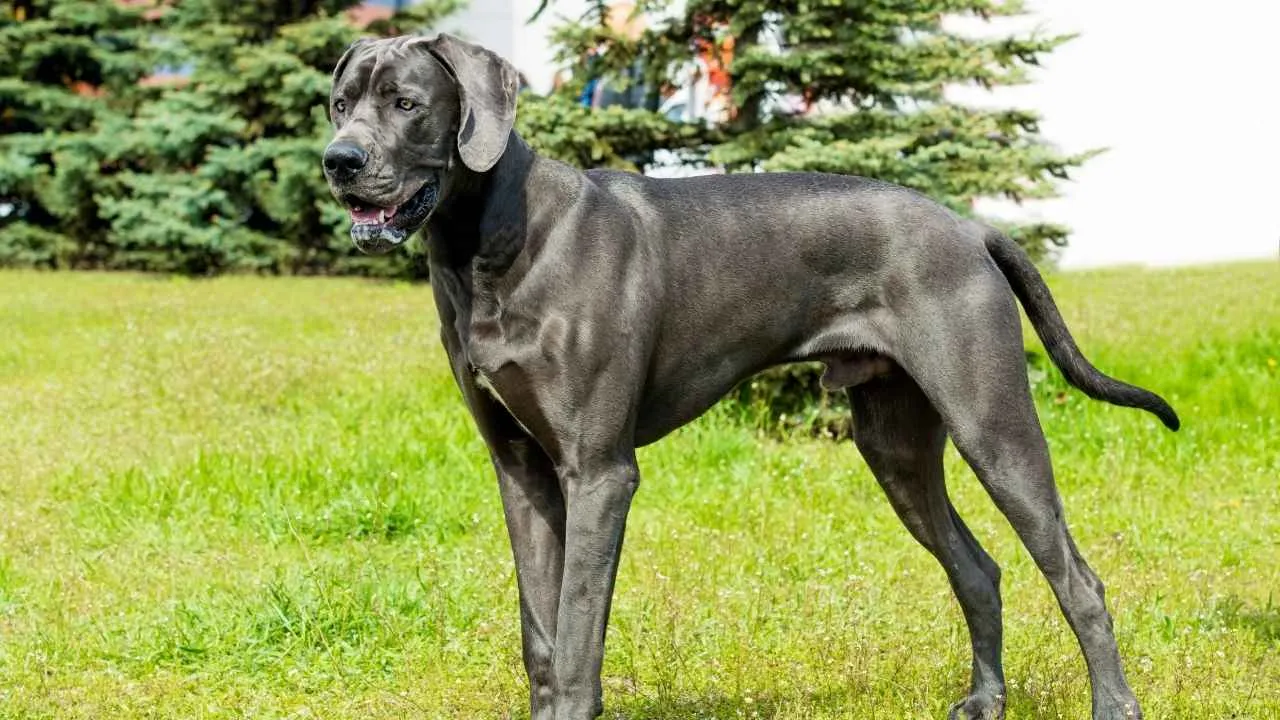
Despite their imposing size and regal posture, Great Danes are surprisingly patient and friendly companions, as per the AKC. Known as the “Apollo of Dogs,” their easygoing nature often contrasts with the misconceptions people have about their size and strength. However, this balance of calmness and alertness also means they can be more sensitive to unexpected stimuli than one might assume.
Great Danes are deeply connected to their environment and their people. Sudden noises or unfamiliar surroundings can startle them, especially when they’re caught off guard. Their expressive faces and body language often reveal subtle anxiety, making early socialization key to their confidence.
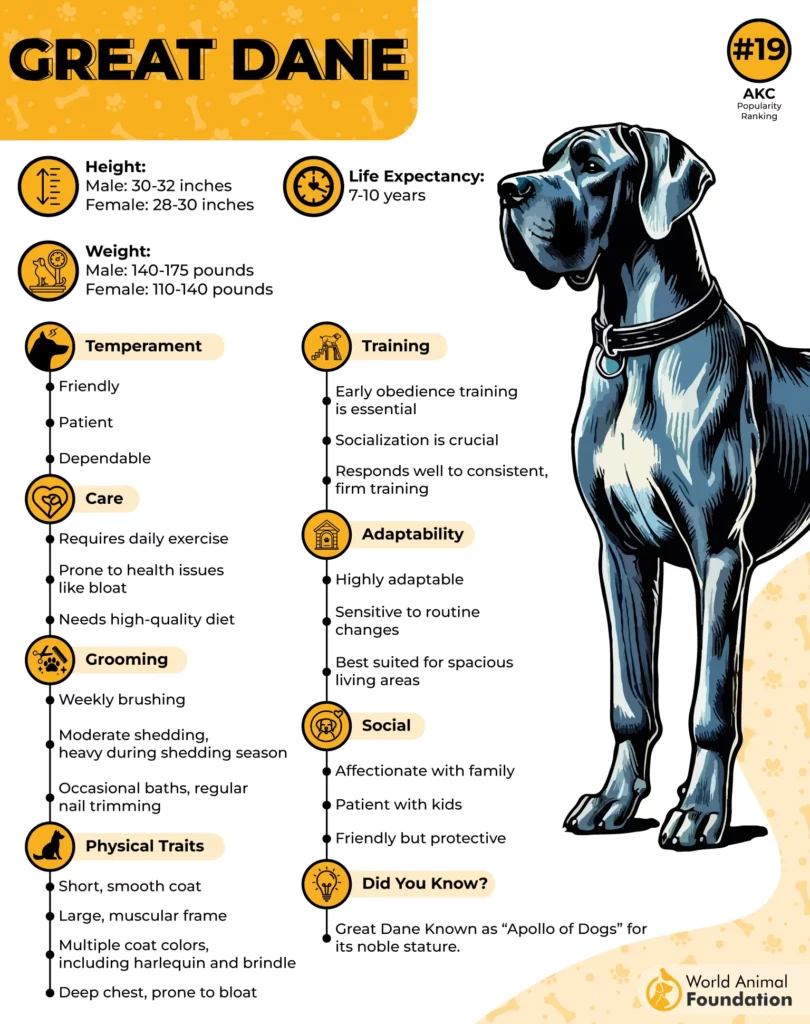
While they rarely act aggressively, a startled Great Dane may retreat or seek comfort rather than confront a perceived threat. Their size may suggest otherwise, but emotionally, they benefit from reassurance and routine.
Families considering a Great Dane should be mindful of their emotional needs. They thrive in calm households where they aren’t overwhelmed by chaos or abrupt changes.
Overall, this breed offers a gentle heart wrapped in a giant frame; alert, loving, and occasionally surprised by the world around them.
2. Beagle

According to Britannica, Beagles are famously outgoing and gentle, but their sharp senses can sometimes work against them. Originally bred for tracking and hunting, these small hounds have keen hearing and a heightened awareness of their surroundings. That attentiveness, while helpful in the field, can make them more prone to being startled by fast movements at home.
Loud bangs, vacuum cleaners, or even unfamiliar footsteps can trigger a jumpy reaction from a Beagle. Their expressive faces often reveal exactly how they feel in a moment, especially when something catches them off guard. While they’re generally outgoing, they can become wary in overstimulating environments or when caught by surprise.
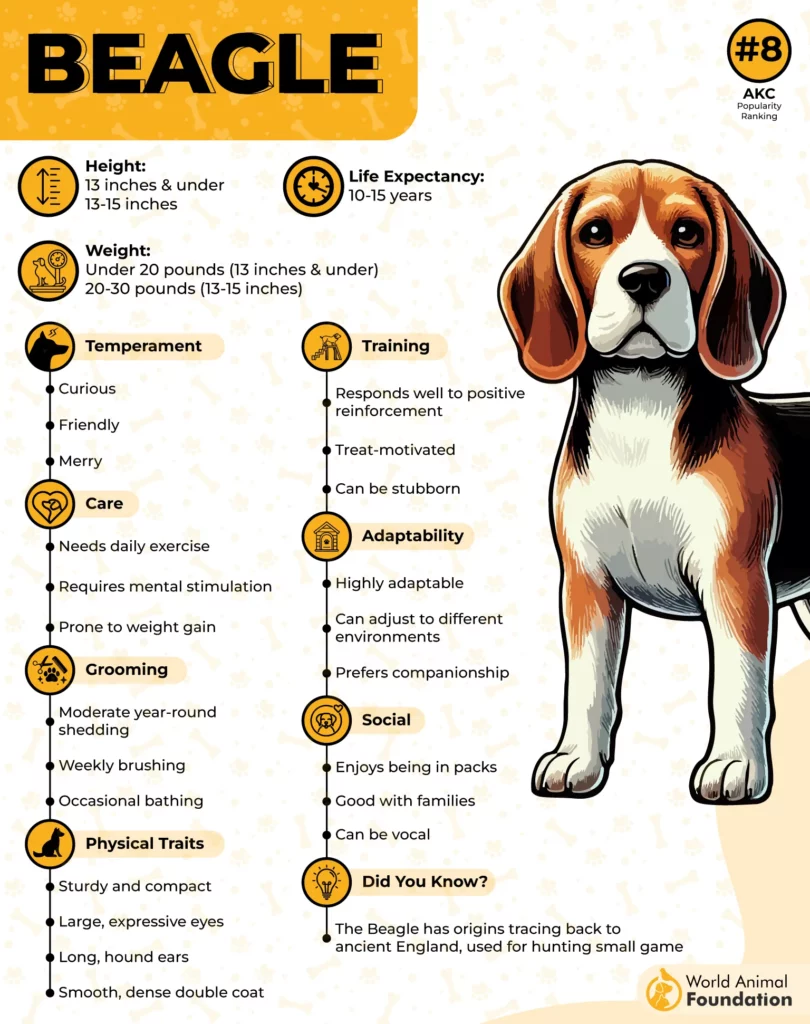
This sensitivity is more common in younger or under-socialized Beagles, particularly if they haven’t been exposed to a variety of sounds and settings during early development. Positive exposure and gentle desensitization can help reduce startle responses over time.
Despite their occasional skittishness, Beagles bounce back quickly and rarely hold onto fear. With patient training and consistent routines, they become self-reliant and adapt well.
If you’re drawn to a cheerful companion with big ears and a bigger heart, a Beagle might just be your perfect match; just be ready for a few startled head-tilts along the way.
3. Akita Inu
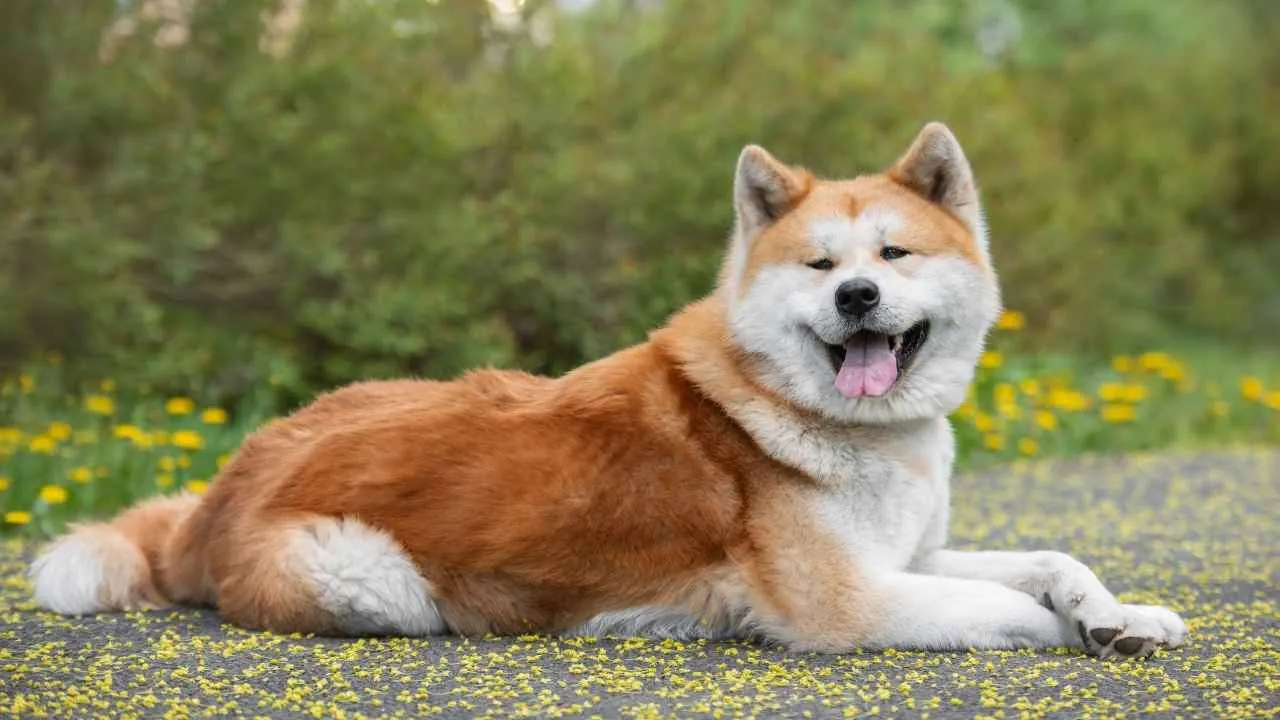
PetMD states that the Akita Inu is a breed known for its fox-like face and loyalty, but beneath that composed exterior lies a dog that can be surprisingly sensitive to sudden changes and unfamiliar situations. Originally bred as a guard and hunting dog in Japan, the Akita values structure, stability, and predictability in its environment.
Despite their boldness, Akitas can be easily startled by unfamiliar people and animals. This startle response often stems from their naturally cautious and alert temperament. When faced with something unfamiliar, they may react with heightened wariness or even retreat until they’ve had time to assess the situation.
Socialization plays a huge role in helping Akitas feel secure. Without consistent, positive exposure to various environments and experiences early in life, they may grow to be more reactive and less adaptable as adults. Slow, structured introductions help reduce startle responses.
It’s also important to consider their strong protective instincts. Akitas may interpret surprises as threats, making calm handling and clear communication essential for preventing stress-based reactions.
For owners willing to invest in patient training and social support, the Akita Inu can be a loyal and composed companion, just one that prefers a world with fewer surprises.
4. Labrador Retriever

Labrador Retrievers are known for their friendly and outgoing nature, but some can be more sensitive than you’d expect. While generally confident, certain Labs may startle easily, especially in new environments. This trait can be more noticeable in dogs that haven’t been properly socialized during puppyhood or those with a naturally cautious temperament.
Their eagerness to please often masks their more delicate emotional side. A Labrador that’s been startled may react by backing away, barking unexpectedly, or showing signs of unease such as tail tucking or wide eyes. These behaviors aren’t signs of aggression; they’re expressions of temporary uncertainty.
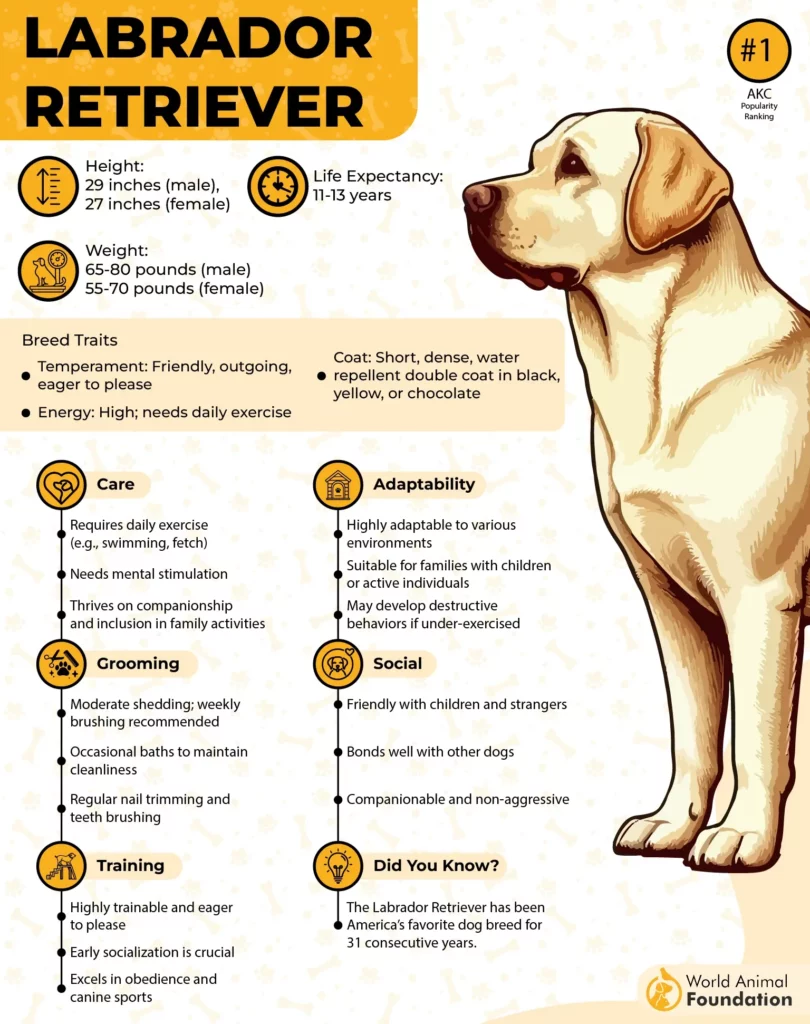
Fortunately, Labs are quick learners and typically bounce back with reassurance. Gradual exposure to new sights, sounds, and experiences can help build their confidence. Positive reinforcement plays a big role in helping them overcome their startle reflex.
Despite the occasional flinch, these dogs remain one of the most adaptable and loving breeds. With gentle training and a patient approach, even a jumpy Lab can become a calm and confident companion.
Their sensitivity only adds to their charm, making them not just good friends but deeply empathetic ones too.
5. Yorkshire Terrier
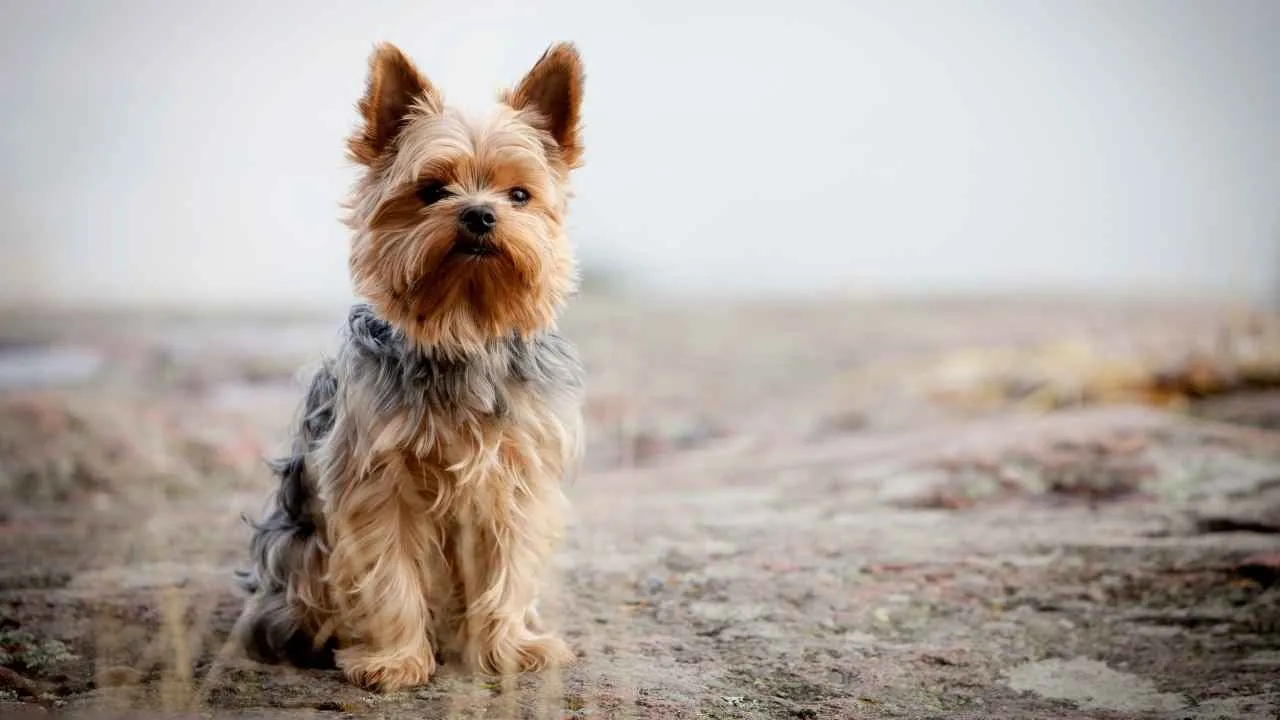
Despite their bold exterior, Yorkshire Terriers are surprisingly sensitive and can be easily startled by sudden noises. Their keen awareness, a trait inherited from their days as rodent hunters, often causes them to react quickly to unfamiliar sights and sounds.
This alertness can sometimes translate into nervousness, especially in chaotic or loud environments. While they’re known for their loyalty and sass, Yorkies may become skittish when faced with unfamiliar stimuli, like the doorbell’s chime.
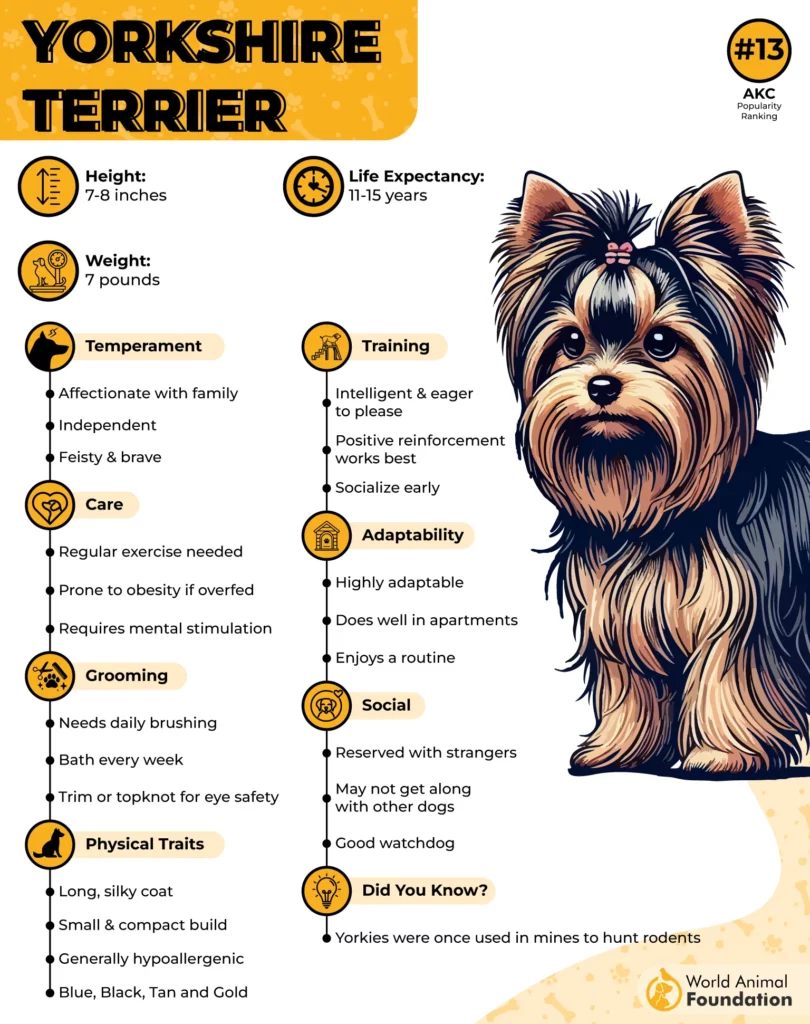
Their small size doesn’t help either. Being close to the ground and physically delicate can make them feel more vulnerable, especially around larger pets or excitable children. For that reason, calm households and gentle handling are ideal.
Socialization from an early age can help Yorkshire Terriers grow braver and become poised. Gradual exposure to new environments, people, and sounds builds trust and helps them better navigate unfamiliar scenarios.
With the right balance of patience and training, Yorkies can thrive emotionally, turning their alert nature into a charming asset rather than a stress trigger.
6. Vizsla

Sensitive and deeply adorable, the Vizsla is a breed that wears its heart on its paw. Known for forming intense bonds with their humans, Vizslas are affectionate companions but can be quite sensitive to their environment. This sensitivity often makes them prone to being easily startled by unknown conditions.
Their high energy and intelligence mean they’re always alert, but that alertness can sometimes tip into anxiousness, especially if they aren’t properly socialized from an early age. Changes in routine, unfamiliar people, or even unexpected household sounds can throw them off balance.
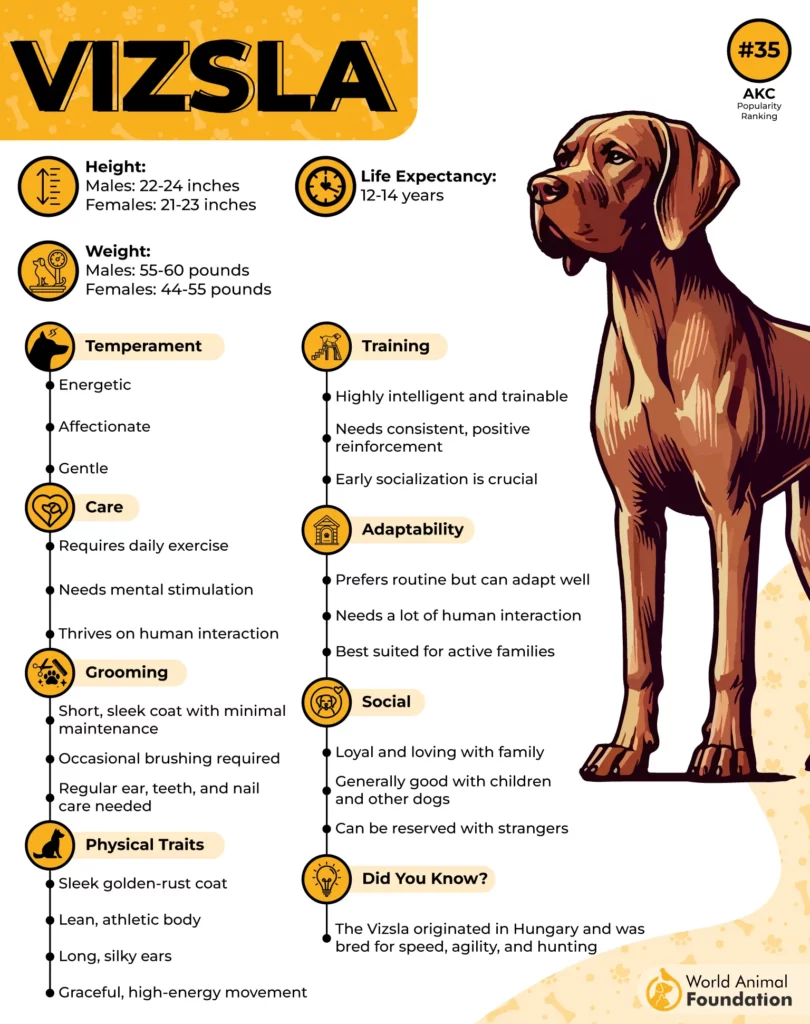
Vizslas respond best to calm, positive reinforcement. Harsh corrections or chaotic environments can easily stress them out, making patient training and stable surroundings essential. They thrive on routine, structure, and plenty of exercise to manage their energy and reduce anxiety.
Despite their skittish tendencies, Vizslas are eager to please and quick learners when handled gently. With the right care, they blossom into fearless and joyful companions.
For those willing to provide a nurturing and stable home, a Vizsla offers unmatched affection and emotional depth; just be ready for a few startled jumps along the way.
7. Great Pyrenees
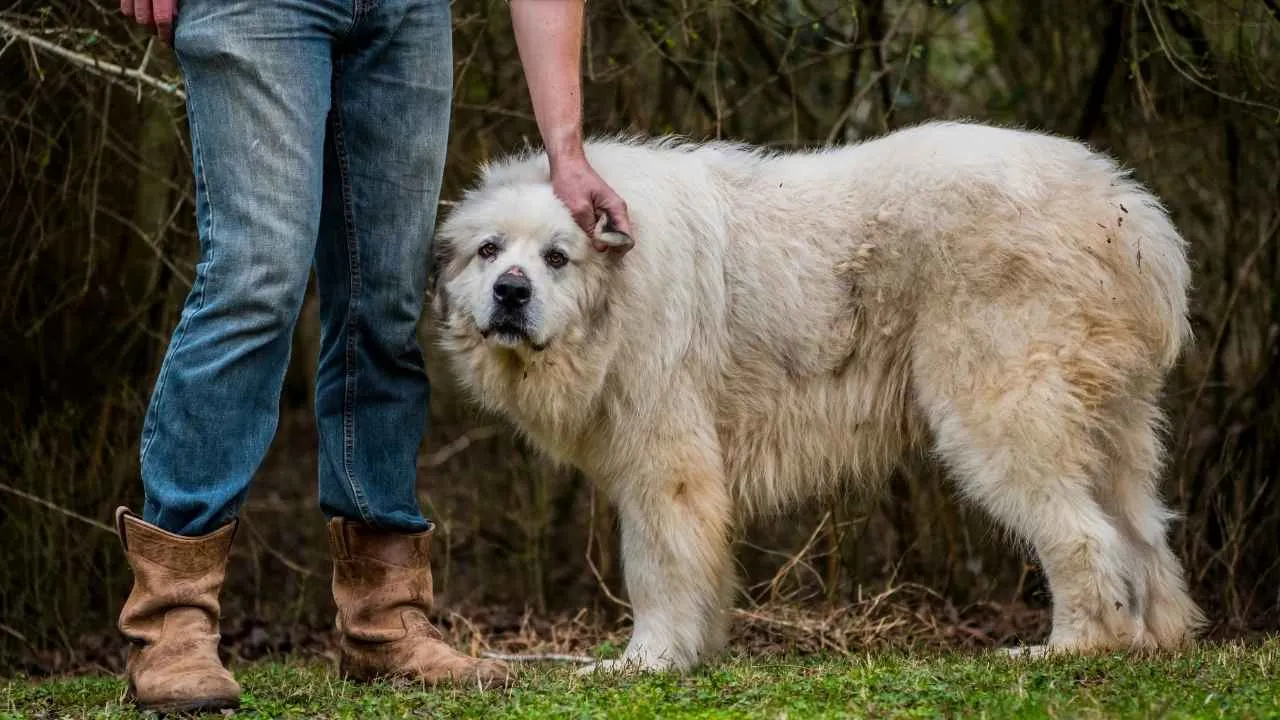

The Great Pyrenees thrives when given purpose, structure, and a calm environment, allowing their gentle nature to shine without constant sensory overload.
Conclusion
While some dogs are bold and unshakable, others like the Jack Russell Terrier, Border Collie, or Australian Shepherd are more attuned to the world around them, jumping at sudden changes or unfamiliar sounds. These high-anxiety dog breeds may startle easily, but with proper training, physical and mental stimulation, and a calm setting, they can thrive. Many dog owners recognize that certain dog breeds, especially working breeds or those bred to herd sheep or act as guard dogs, simply need structure and patience.
Whether it’s a German Shepherd with separation anxiety or toy breeds known for excessive barking in a boarding house, these social dogs crave connection with their human family. Other dogs might startle too, but that doesn’t make them any less lovable. If you’re a super active person or part of an active family, one of these sensitive pups could be your perfect match. After all, even the bravest among us flinch now and then.


